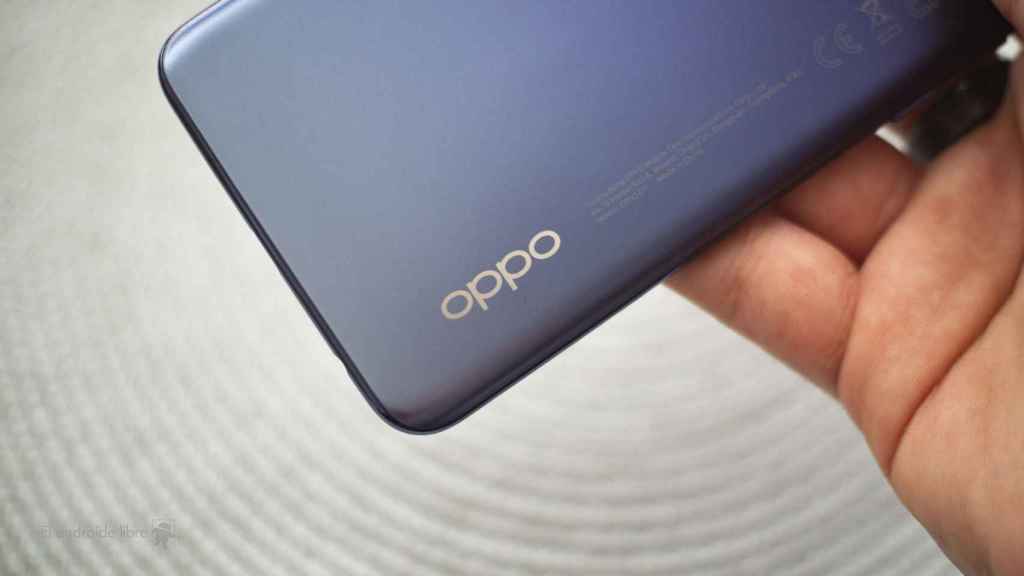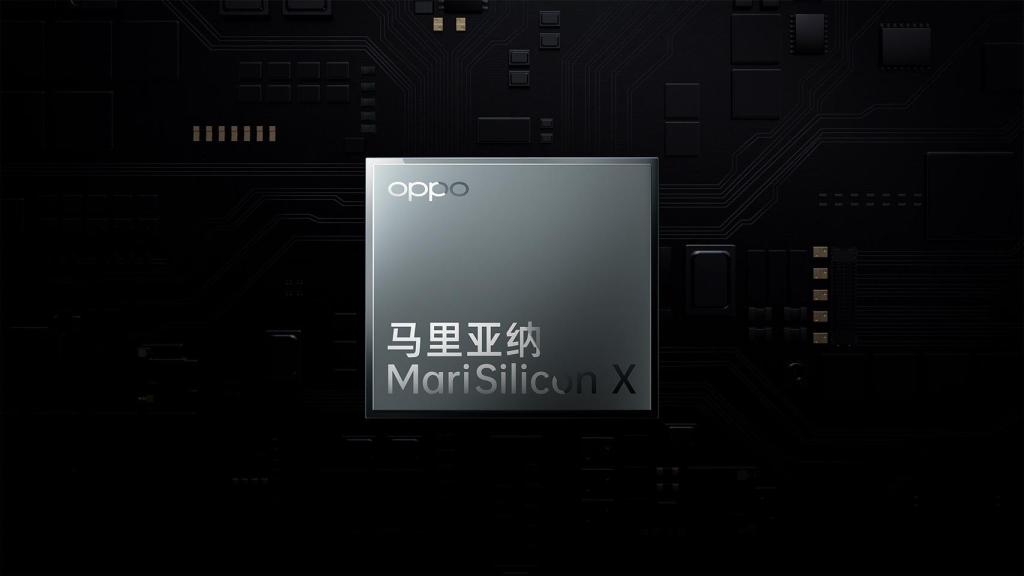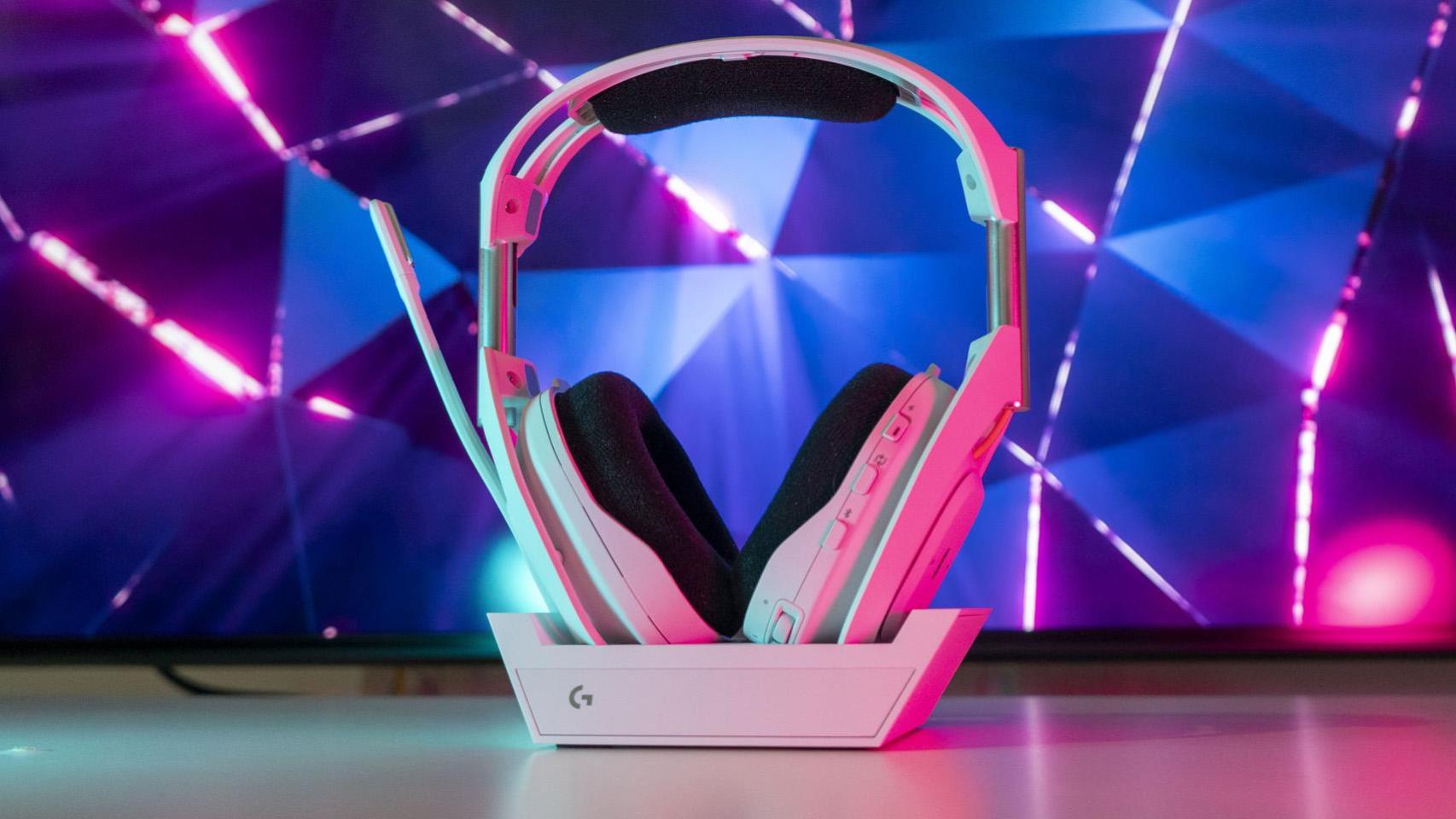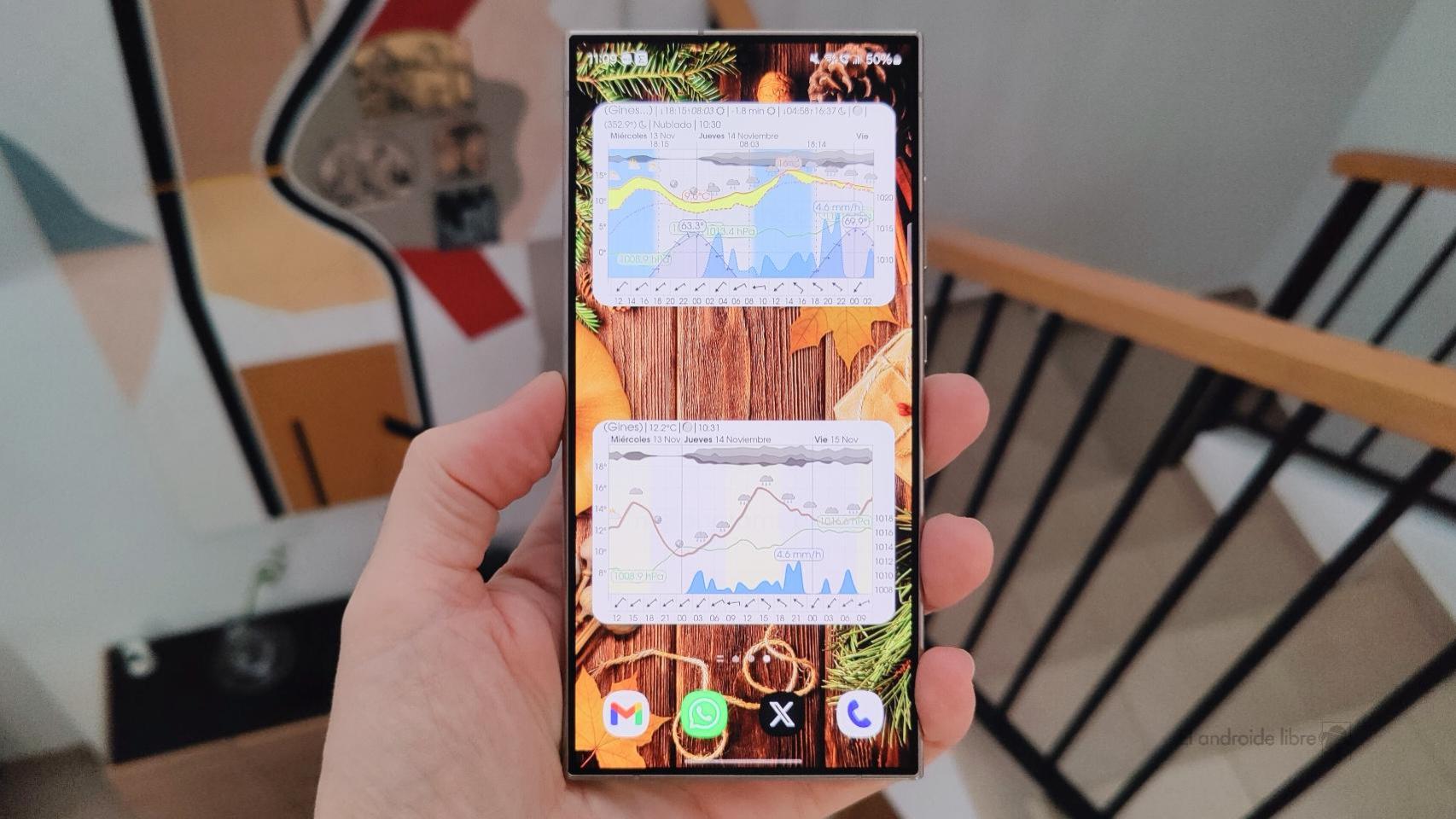Things are getting interesting in the world of Android mobile hardware. Years of Qualcomm’s default dominance has seen Apple slip away when it comes to power and efficiency.
[Nuevo Oppo Reno 9 Pro+, características y precio del tope de gama con salto de potencia]
Although the new Snapdragon processor appears to be as powerful as Apple’s, this period of uncertainty has motivated many brands to invest in their own designs; Google, for example, created Tensors to unleash its advances in machine learning and artificial intelligence. And it won’t be the only one.
Oppo wants its own processor
According to @UniverseIce on Twitter, Oppo already has a chip development team, with the aim of creating a processor for its future mobiles. For this, he would have already hired thousands of engineers who would work on their own SoC (System-on-chip) design.
Oppo’s first mobile with its own processor would arrive in 2024, so at least the 2023 launches would still use Qualcomm and Mediatek processors. In addition, it is not known what the initial objective of this new product will be, if it will be aimed at the mid-range or if it will be a powerful processor to compete with the best on the market; the latter, obviously, will be more difficult and require a greater investment.
Oppo wants to be a new giant in the mobile market
The free Android
Oppo’s great advantage is that it is not alone. It is very likely that the rest of the brands of the BBK group, such as OnePlus, Realme and Vivo, will also use this processor, dividing the costs and multiplying the income; That wouldn’t be unusual, considering that many Oppo phones end up in these other brands with another name, and vice versa.
This move, while it may seem sudden, has actually been telegraphed by Oppo for quite some time now. Remember that its most cutting-edge mobiles already have exclusive chips designed by Oppo, the MariSilicon, although so far they have been dedicated to specific tasks and not to processing in general. For example, the MariSilicon X is used solely for photography, being able to process high definition and RAW images, as well as recording night mode video at 4K resolution. More recently, the MariSilicon Y has arrived to promise a big improvement in Bluetooth audio, promising wireless high definition.
The MariSilicon X proved that Oppo can design its own chips
The free Android
The new processor will be based on the ARM architecture and therefore, most likely, it will be made up of several Cortex cores with a Mali GPU, accompanied by MariSilicon parts dedicated to the different elements of the mobile.
It will be interesting to see if more companies dare to do something similar; Now that Snapdragons are as good as they used to be, and MediaTek is a real alternative with its dimension, many may not even consider it.










